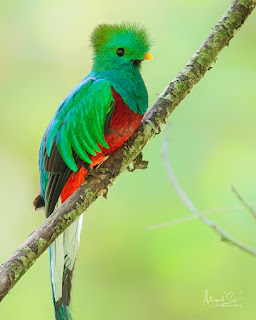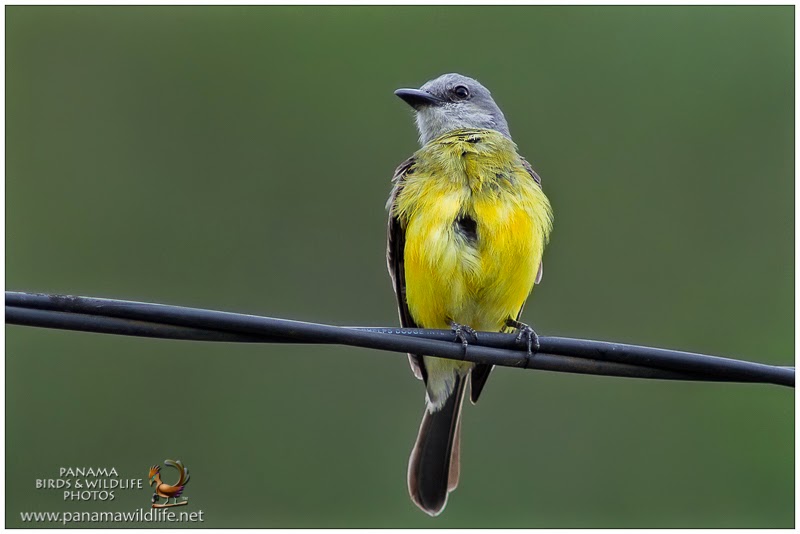We continued the Nocturnal Macro-Adventures in Gamboa, where we continue the findings of interesting (and dangerous) small subjects that inhabit the rainforest.
Red-eyed Grasshopper (Coscineuta coxalis)
The members of
Triatominae, a subfamily of
Reduviidae, are also known as
conenose bugs,
kissing bugs,
assassin bugs, or
vampire bugs. Other local names for them used in the Latin Americas include barbeiros, vinchucas, pitos and chinches. Most of the 130 or more species of this subfamily are
haematophagous (feeds on vertebrate blood); a very few species feed on other invertebrates.
They are mainly found and widespread in the Americas, with a few species present in Asia, Africa, and Australia. These bugs usually share shelter with nesting vertebrates, from which they suck blood. In areas where
Chagas disease occurs (from the southern United States to northern Argentina),
all triatomine species are potential vectors of the Chagas disease parasite Trypanosoma cruzi, but only those species (such as
Triatoma infestans and
Rhodnius prolixus) that are well adapted to living with humans are considered important vectors.
Chagas disease is classified by eh World Bank as the most serious parasitic disease of the Americas. Although, the protozoan parasites are not injected with the saliva of the bug, and instead, it is excreted with the bug’s feces and urine. The most common way of obtaining the disease is by inadvertently scratching the bite while sleeping, thereby contaminating one's fingers with fecal droplets, and then rubbing one’s nose, mouth, or eyes.
Not all kissing bugs carry the parasite that produces the disease, only individuals that have fed on a mammal carrying it in its blood. In most mammals the protozoans only circulate in the blood stream for brief intervals. However, they are more or less permanently present in the blood of opossums.
Jumping Bristletail (Archaeognatha). This is an order of wingless insects, and some of the most evolutionarily primitive.
Archaeognatha are
small insects with
elongated bodies and
backs that are arched, especially over the thorax. They have three
long tail-like structures, of which the lateral two are
cerci, while the medial filament, which is longest, is an
epiproct. The
antennae are flexible. The two large
compound eyes meet at the top of the head, and there are three
ocelli. The
mouthparts are partly retractable, with simple chewing mandibles and
long maxillary palps.
Jumping bristletails superficially resemble silverfish but are more cylindrical, have relatively huge eyes, and are capable of jumping. They are mostly nocturnal and feed on algae, lichens and decaying vegetation. There are more than 500 named species worldwide.
A very cute representative of the cockroach order (Blattodea)
Caterpillar (Lepidoptera)
Thread-legged Bug (Emesinae), also a subfamily of the
Reduviidae (assassin bugs). They are conspicuously different from the other reduviids by their
very slender body form.
Scorpion (Tityus)
Anole lizard (Anolis)



















Comments
Post a Comment